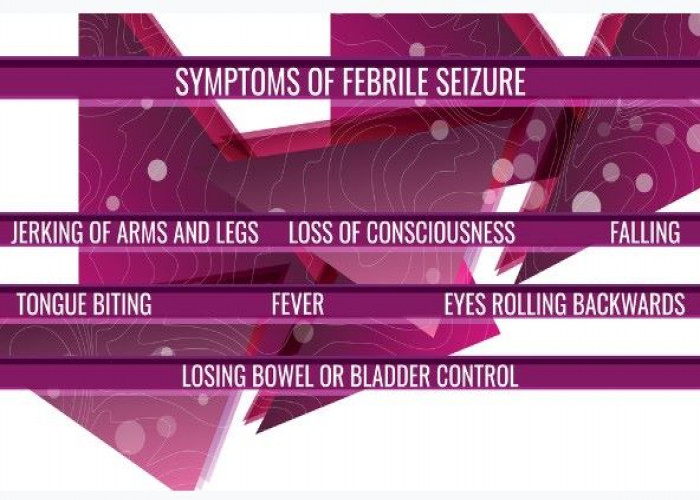 Welcome
Welcome
“May all be happy, may all be healed, may all be at peace and may no one ever suffer."
Febrile seizure
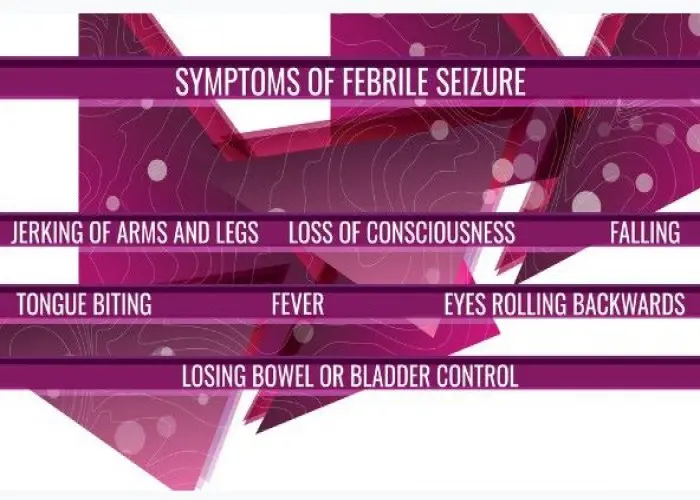
A febrile seizure is a convulsion that can occur in children when they have a fever. It is a relatively common occurrence, with about 3% of children experiencing at least one febrile seizure by the time they are five years old.
Febrile seizures are typically seen in children between the ages of six months and five years, and they are more common in boys than in girls. They can be caused by a variety of infections, including ear infections, colds, and other viral illnesses, as well as vaccines.
Febrile seizures are typically brief and usually last only a few minutes. During a seizure, a child may become stiff and their limbs may shake. They may also have trouble breathing, lose consciousness, or become unresponsive.
Most febrile seizures are not harmful and do not cause any long-term problems, but it is important to seek medical attention if a child has a febrile seizure. In rare cases, febrile seizures can be a symptom of a more serious underlying condition, such as meningitis or a brain infection.
Treatment for febrile seizures typically involves managing the underlying cause of the fever and providing supportive care during the seizure. In some cases, medications such as acetaminophen or ibuprofen may be used to help reduce fever and prevent further seizures.
Parents and caregivers can help prevent febrile seizures by taking steps to prevent fever and by monitoring children for signs of illness or fever. This can include practicing good hygiene, such as washing hands regularly and getting recommended vaccinations.
Research Papers
Disease Signs and Symptoms
- Fever
- Loss of consciousness (fainting)
- Shake or jerk the arms and legs
- Nausea or vomiting
Disease Causes
Febrile seizure
Usually, a higher than normal body temperature causes febrile seizures. Even a low-grade fever can trigger a febrile seizure.
Infection
The fevers that trigger febrile seizures are usually caused by a viral infection, and less commonly by a bacterial infection. The flu (influenza) virus and the virus that causes roseola, which often are accompanied by high fevers, appear to be most frequently associated with febrile seizures.
Post-vaccination seizures
The risk of febrile seizures may increase after some childhood vaccinations. These include the diphtheria, tetanus and pertussis vaccine and the measles-mumps-rubella vaccine. A child can develop a low-grade fever after a vaccination. The fever, not the vaccine, causes the seizure.
Disease Prevents
Febrile seizure
Most febrile seizures occur in the first few hours of a fever, during the initial rise in body temperature.
Giving your child medications
Giving your child infants' or children's acetaminophen (Tylenol, others) or ibuprofen (Advil, Motrin, others) at the beginning of a fever may make your child more comfortable, but it won't prevent a seizure.
Use caution when giving aspirin to children or teenagers. Though aspirin is approved for use in children older than age 3, children and teenagers recovering from chickenpox or flu-like symptoms should never take aspirin. This is because aspirin has been linked to Reye's syndrome, a rare but potentially life-threatening condition, in such children.
Prescription prevention medications
Rarely, prescription anticonvulsant medications are used to try to prevent febrile seizures. However, these medications can have serious side effects that may outweigh any possible benefit.
Rectal diazepam (Diastat) or nasal midazolam might be prescribed to be used as needed for children who are prone to long febrile seizures. These medications are typically used to treat seizures that last longer than five minutes or if the child has more than one seizure within 24 hours. They are not typically used to prevent febrile seizures.
Disease Treatments
Most febrile seizures stop on their own within a couple of minutes. If your child has a febrile seizure, stay calm and follow these steps:
- Place your child on his or her side on a soft, flat surface where he or she won't fall.
- Start timing the seizure.
- Stay close to watch and comfort your child.
- Remove hard or sharp objects near your child.
- Loosen tight or restrictive clothing.
- Don't restrain your child or interfere with your child's movements.
- Don't put anything in your child's mouth.
Call for emergency medical attention if:
- Your child has a febrile seizure that lasts more than five minutes.
- Your child has repeated seizures.
- Your child's seizure lasted less than five minutes but your child isn't improving quickly.
More-serious episodes
A doctor may order medication to stop a seizure that lasts longer than five minutes.
Your child's doctor may hospitalize the child for observation if:
- The seizure is prolonged
- The child is younger than 6 months old
- The seizure is accompanied by a serious infection
- The source of the infection can't be found
But a hospital stay isn't usually necessary for simple febrile seizures.
Disease Diagnoses
Disease Allopathic Generics
Disease Ayurvedic Generics
Disease Homeopathic Generics
Disease yoga
Febrile seizure and Learn More about Diseases
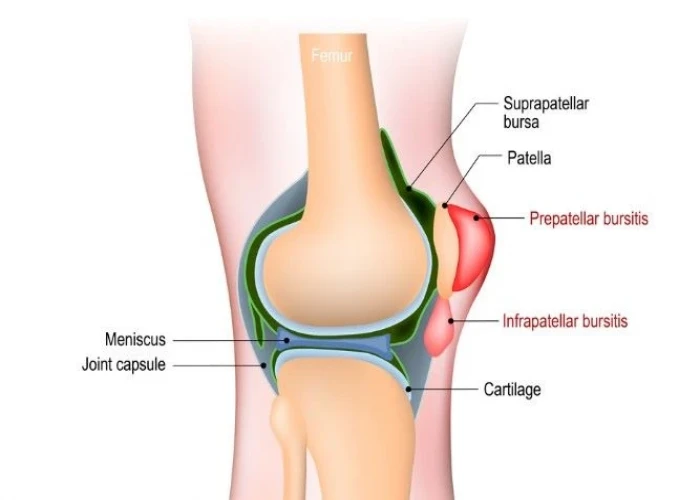
Knee bursitis
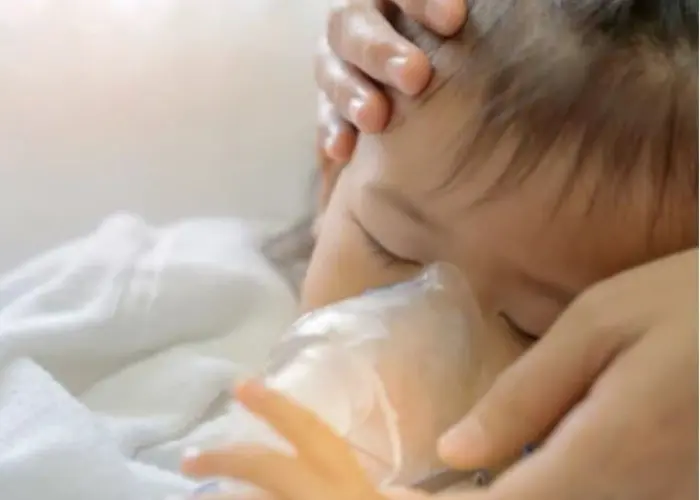
Childhood asthma

Muscular dystrophy
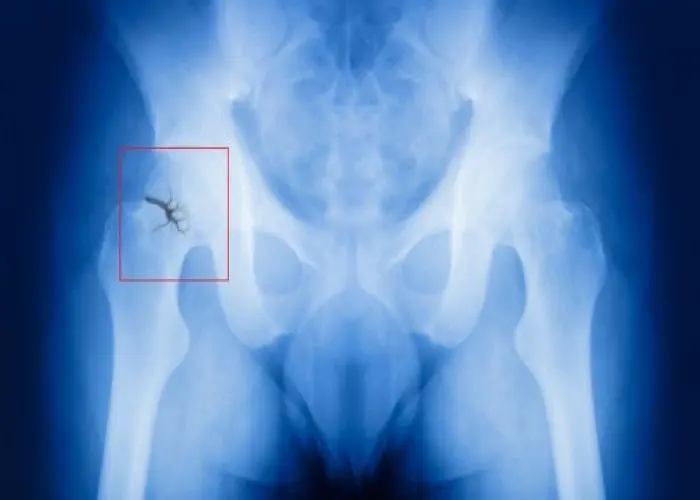
Hip fracture

Blastocystis hominis
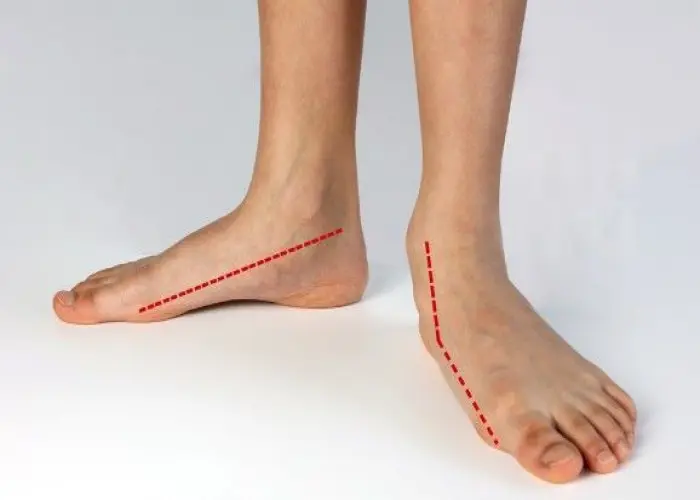
Flatfeet
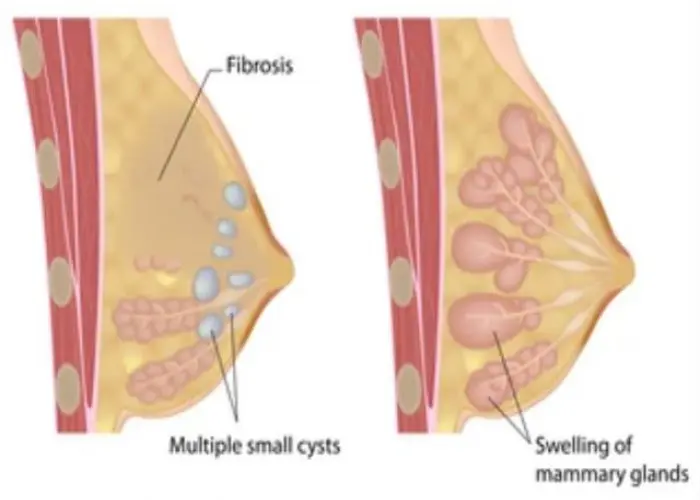
Breast cysts
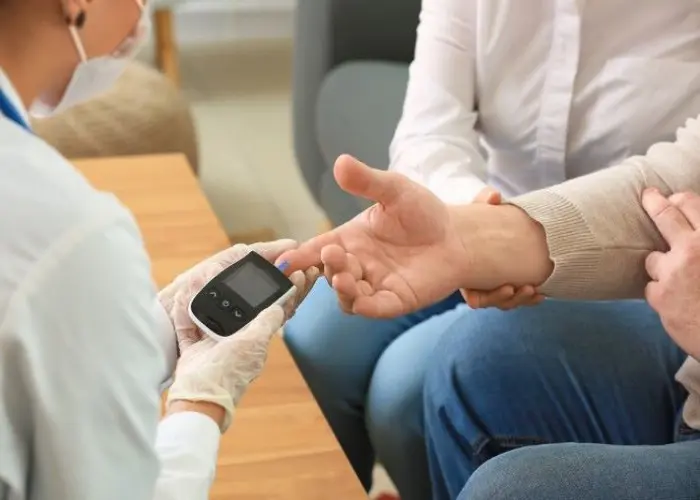
Diabetes insipidus
Febrile seizure, জ্বরজনিত খিঁচুনি, ফেব্রিল সেইজুর
To be happy, beautiful, healthy, wealthy, hale and long-lived stay with DM3S.
